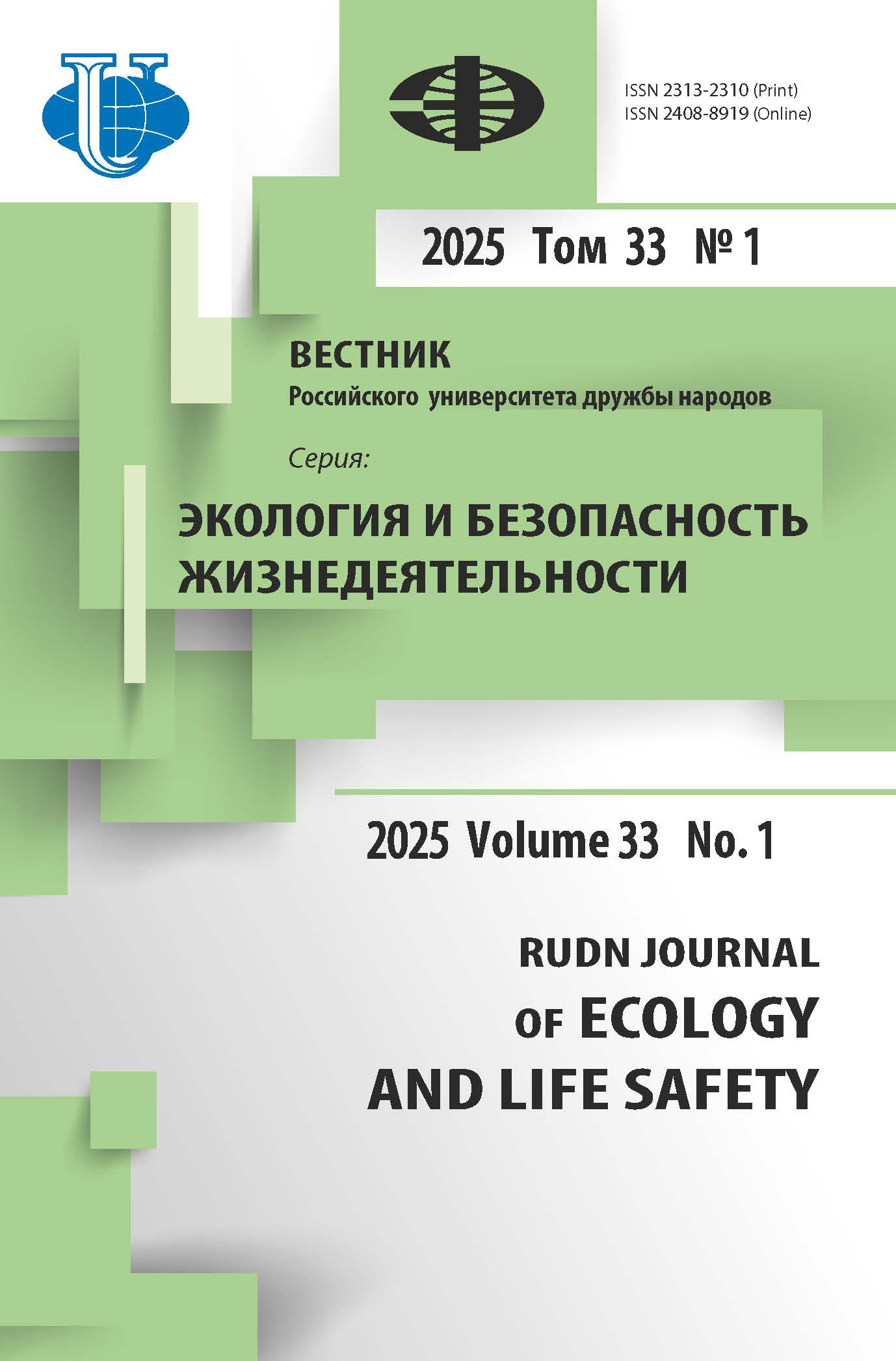Assessment of atmospheric air pollution by coal and fuel oil combustion products and fuel oil on the example of neighborhood boiler plants in Ulan-Ude
- Authors: Chudinova O.N.1, Cheredova T.V.2, Butakova A.A.1, Besprozvannykh A.P.3
-
Affiliations:
- East Siberia State University of Technology and Management
- Dobretsov Geological Institute of Siberian Branch of Russian Academy of Sciences
- «Ulan-Ude Energy Complex», branch of PJSC «TGC-14»
- Issue: Vol 32, No 2 (2024)
- Pages: 184-197
- Section: Environmental Monitoring
- URL: https://journals.rudn.ru/ecology/article/view/39782
- DOI: https://doi.org/10.22363/2313-2310-2024-32-2-184-197
- EDN: https://elibrary.ru/XPZVPD
Cite item
















